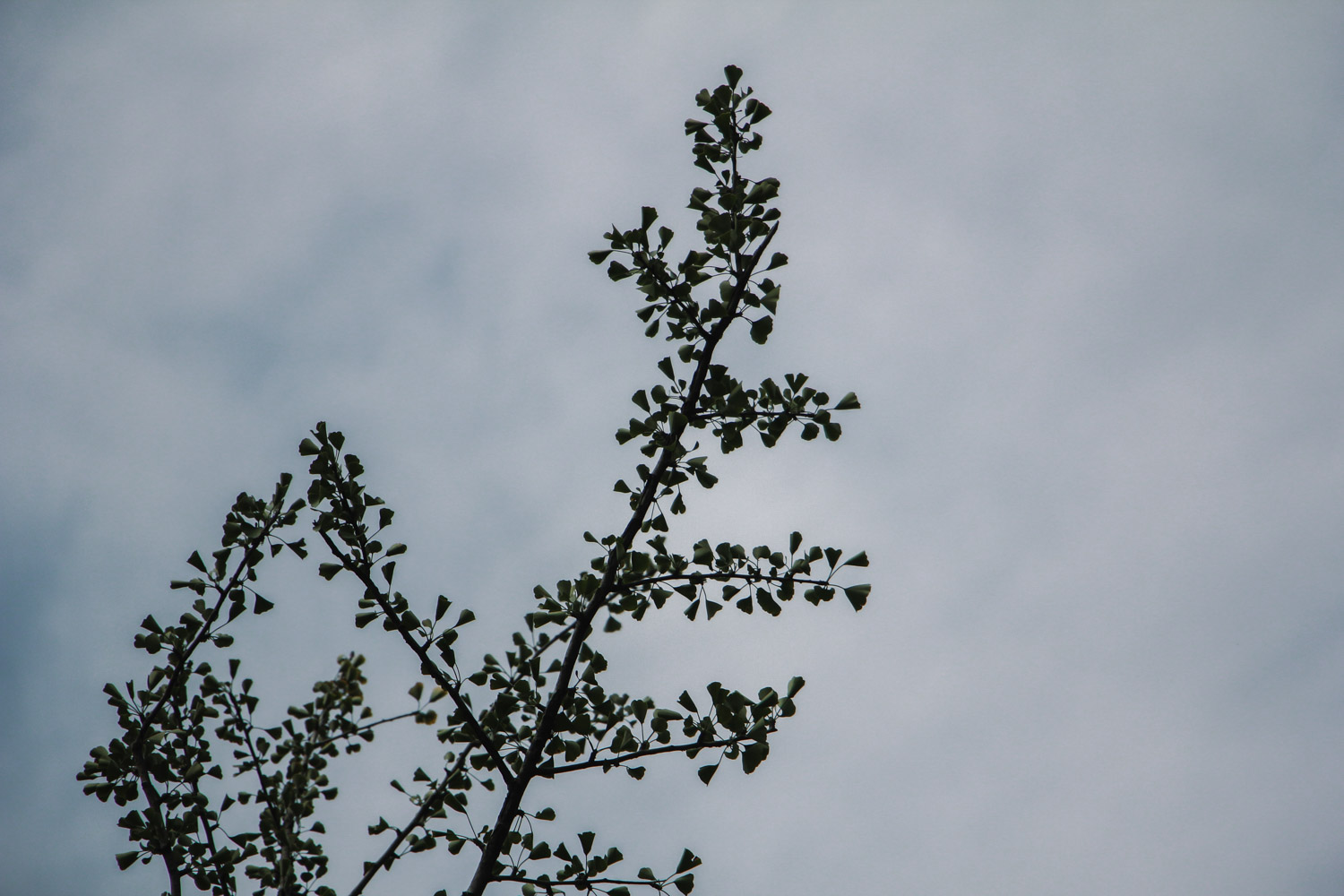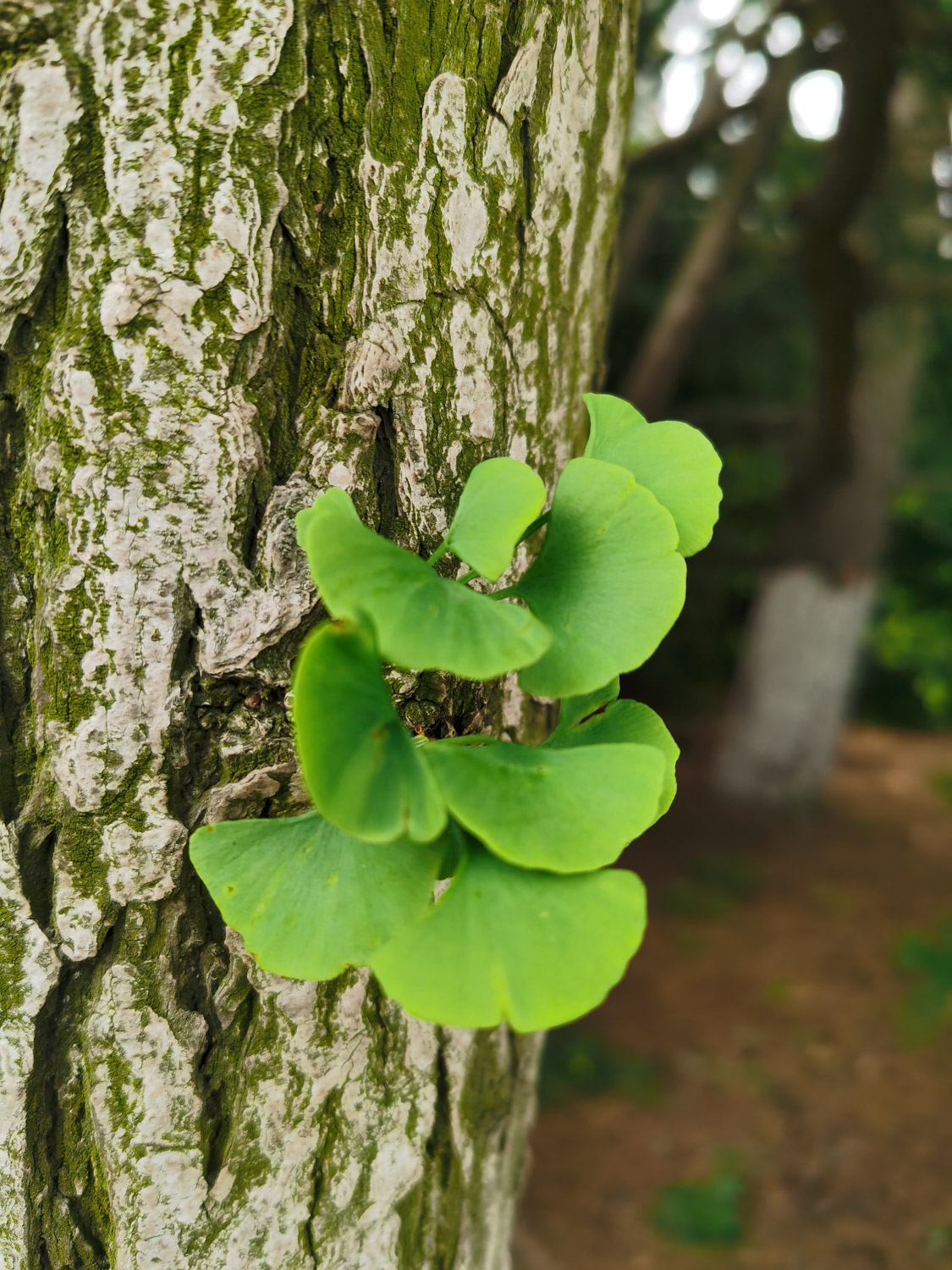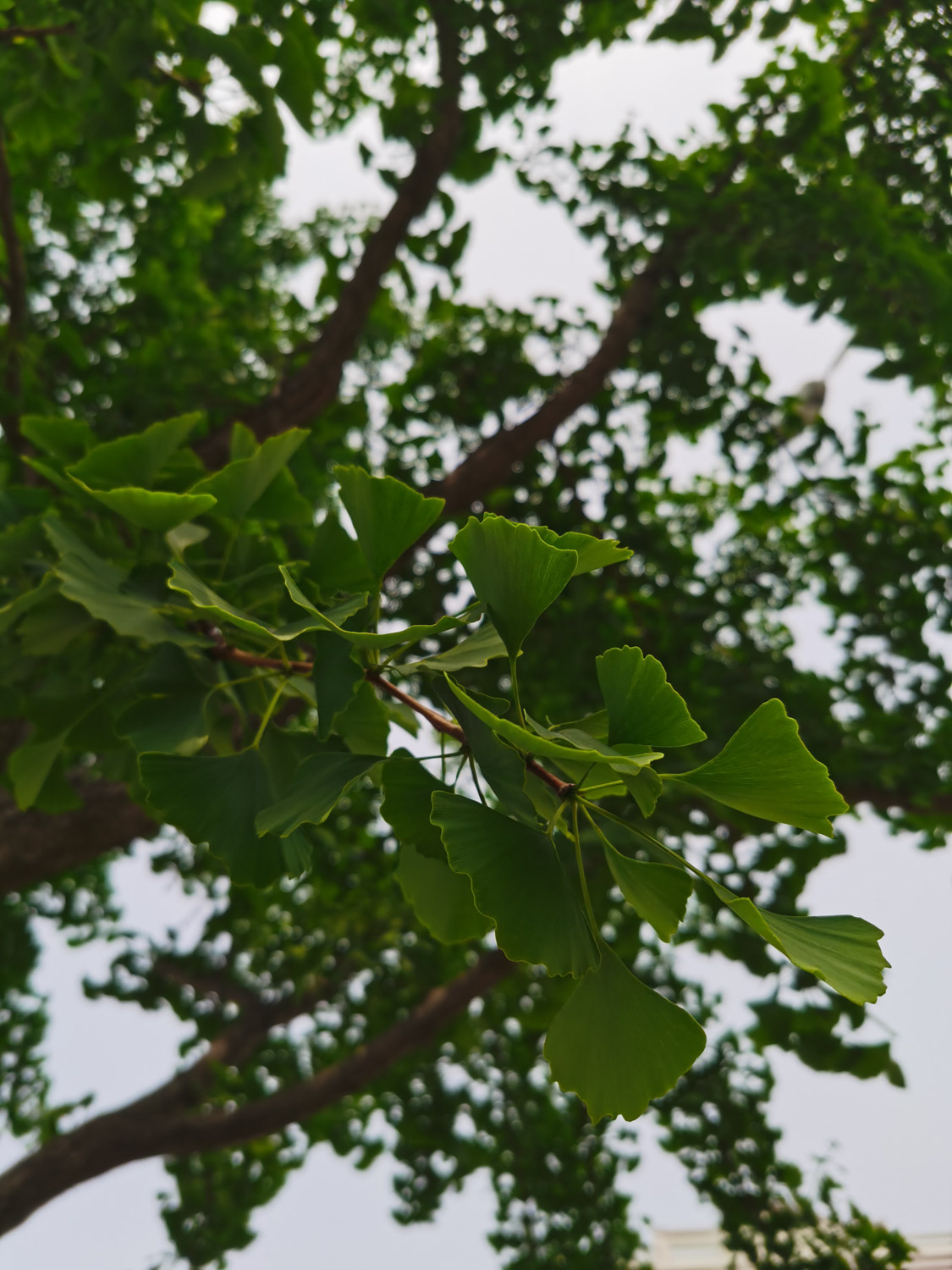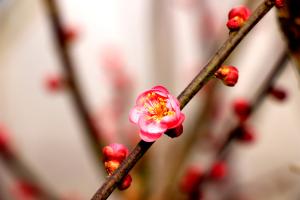1、 Pruning time
The pruning time of Ginkgo biloba is generally carried out in summer and winter. The plants are in dormant state in winter, so the pruning should be heavy, so that the stored nutrients can be concentrated, which is conducive to the growth of new shoots in the next year. At home, pruning should be light, which mainly plays an auxiliary role. Just control the growth of plants. Too much pruning will affect photosynthesis

2、 Pruning method
1. Short cut: short cut is a very common pruning method. It is mainly aimed at the annual branches. Cut them short to promote the growth of branches and the development of side branches. The length of new shoots can be about 2-50 cm, and the length of new shoots can be about 3-50 cm in the same year

2. Thinning: if the top of the ginkgo tree is too dense and the Cross branches and overlapping branches are clustered, which affects the internal ventilation and light transmission, it needs to be thinned properly. Thinning should cut off the bare branches, thin and weak branches and drooping branches. When it sprouts, erase the buds with bad direction, which can also play a preventive effect
3. Retraction: retraction is similar to short cutting, but it is mainly aimed at old branches, and the pruning force is greater. Generally, only half of the length of the original branch is reserved for retraction, and only one third of the thicker branches can be cut. It should be noted that the diameter of the cutting mouth should not exceed 5cm

4. Pinching: for any plant, pinching is necessary. In addition to controlling the height of the plant, it can also promote the growth of branches. The potted ginkgo needs to pick the heart, which can prevent it from growing upward, which is very helpful to control the tree shape. Generally, when the branch grows to 15 cm, the terminal bud is removed to promote the secondary growth of the branch
5. Circumcision: cut the cortex of the branches of ginkgo tree with a knife, and the depth should reach the xylem, which can promote its flowering and fruiting. However, generally, it is only used for the branches with strong growth. Although the weak branch circumcision can also promote the growth, due to the limited nutrition, the effect of fruit is often better than that of the thick branch

 how many times do yo...
how many times do yo... how many planted tre...
how many planted tre... how many pine trees ...
how many pine trees ... how many pecan trees...
how many pecan trees... how many plants comp...
how many plants comp... how many plants can ...
how many plants can ... how many plants and ...
how many plants and ... how many pepper plan...
how many pepper plan...





























